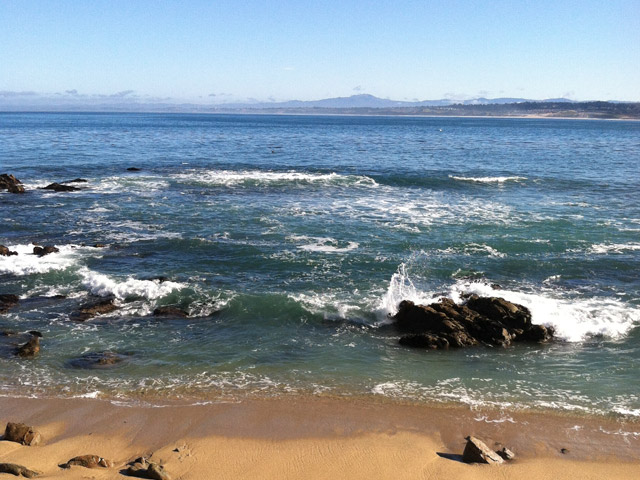
Pollution in our oceans is a serious worldwide problem that has long reaching impacts on the natural environment, human health and the economy.
Oil spills, toxic waste, bits of floating garbage and other toxins have contributed to the pollution in our oceans. It’s a subject that demands careful consideration from all of us.
Here are some facts you may not know about ocean pollution:
- The biggest source of pollution in the ocean is directly from land based sources, such as oil, dirt, septic tanks, farms, ranches, motor vehicles, among larger sources. Thousands of tons of waste and trash are dumped into the ocean on a daily basis. Source: Conserve Energy Future
- The impact of pollution on sea creatures is overwhelming. Over one million seabirds are killed by ocean pollution each year. Three hundred thousand dolphins and porpoises die each year as a result of becoming entangled in discarded fishing nets, among other items. One hundred thousand sea mammals are killed in the ocean by pollution each year. Source: Conserve Energy Future
- Oil is the fastest source of deterioration to the ocean, being far more harmful than trash and waste. However, only a small percentage of oil (around 12%) dumped in the ocean comes as a result of actual oil spills. Most oil causing harm in the ocean is a result of drainage from land. Oil spills suffocate marine life to death, and leads to behavioral changes and a breakdown in thermal insulation to those that do survive. It essentially changes the entire ecosystem of an affected area, such as a long coastline or deep ocean. Source: Conserve Energy Future
There have been multiple technologies developed to clean up oil spills more efficiently, but the challenge has been detecting the chemical pollutants quickly and accurately.
This will soon be much easier thanks to the researchers at the Polytechnic University of Valencia (UPV). They have developed sensors that can detect chemical pollutants in the ocean and establish the size and location of the polluted area. Phys.org reports that the sensors enable the “detection and delimitation of toxic waste, diesel and hydrocarbons in general in any body of water.” During testing the sensors have been able to detect even very small concentrations of chemical pollutants and figure out the exact location and area of the pollution.
Jaime Lloret from the UPV’s Research Institute for Integrated Management of Coastal Areas (ICIC) explains why this device is so important, “Different chemical pollutants require different techniques for their clean-up. But the single most important factor for minimizing the impact and damages to the affected area is how quickly they are detected. This is particularly critical in the case of oil spills, where a full clean-up is virtually impossible if decontamination efforts don’t start immediately.”
The sensors are embedded in small floating devices and the system uses wireless nodes that move through the chemical pollutants to find its outer limits and map the data.
This is an incredible device that will be extremely useful until the day we no longer are dependent on fossil fuels and no longer worry about oil spills and other toxins in our bodies of water.
For more information about the project, visit http://phys.org/news/2016-01-intelligent-sensors-presence-chemical-pollutants.html.